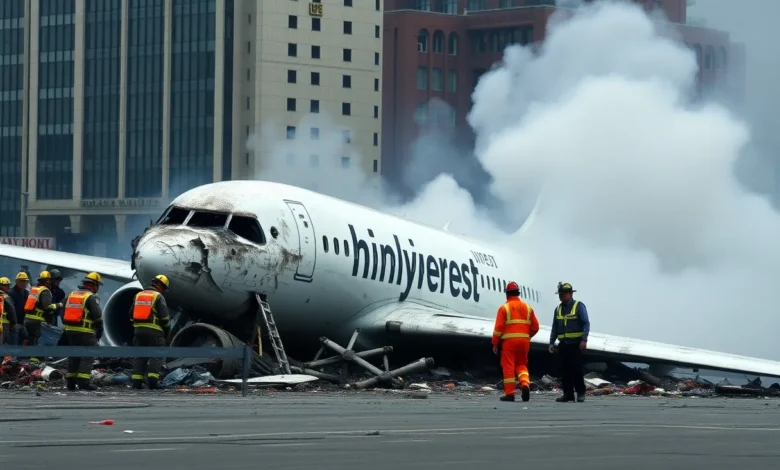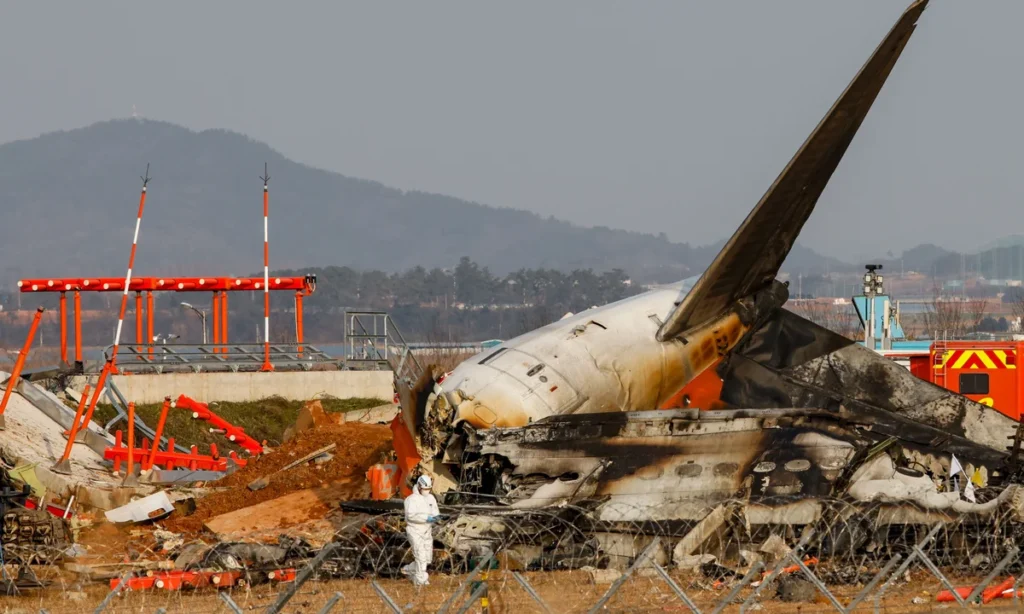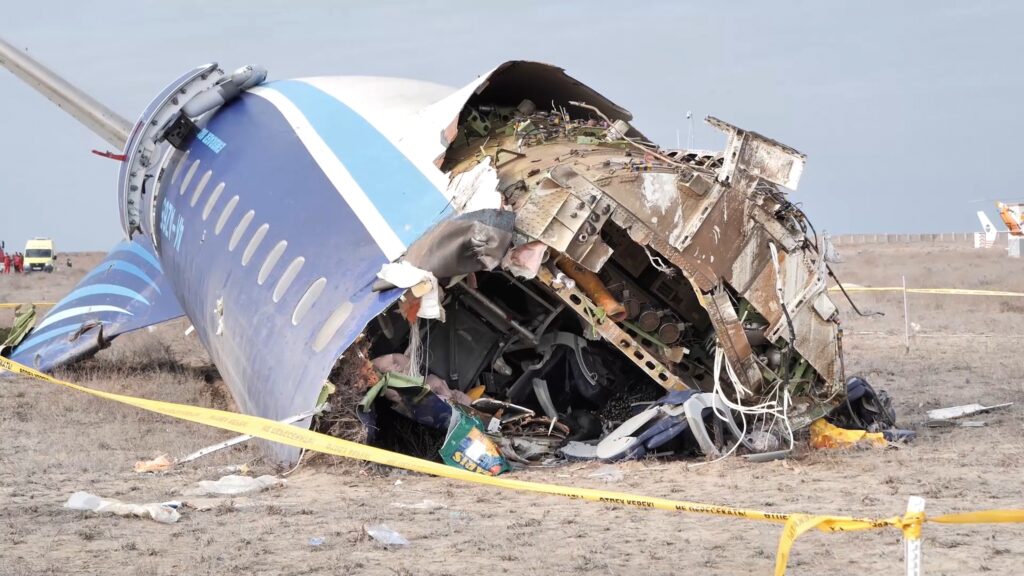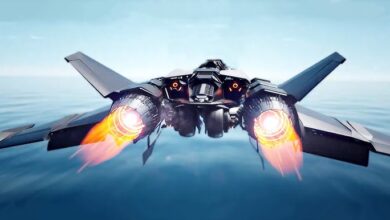Medical Jet Crash: Understanding the Risks & How to Prevent Tragedies

Medical jet crash is a heartbreaking event that can happen when an air ambulance faces problems during flight. These jets are used to transport sick or injured people who need urgent medical care. But sometimes, accidents happen, putting patients, doctors, and crew members in danger.
Many things can cause a medical jet crash, like bad weather, technical issues, or pilot mistakes. It is important to understand why these crashes happen and how we can make medical flights safer. In this blog, we will talk about the causes, real-life cases, safety tips, and ways to prevent such tragedies.
What is a Medical Jet Crash? Understanding the Basics
A medical jet is a special airplane used to carry sick or injured people. These jets help patients travel quickly to hospitals, even across countries. But sometimes, accidents happen, and this leads to a medical jet crash.
Medical jet crashes are rare but dangerous. They can harm patients, doctors, and crew members on board. Many crashes happen due to bad weather, machine failure, or mistakes by pilots. In this blog, we will learn more about these crashes and how to make medical flights safer.
Why Do Medical Jet Crashes Happen? Main Causes Explained
Air ambulance crashes do not happen often, but when they do, the reasons can be serious. One main cause is bad weather, like storms, fog, or strong winds. Pilots may find it hard to control the plane in such conditions.
Another reason is technical failure. A small problem in the engine or equipment can lead to a big disaster. Sometimes, pilot mistakes also cause crashes. If pilots are tired or make wrong decisions, accidents can happen. Safety checks before each flight are important to avoid these problems.
Real-Life Medical Jet Crashes: Shocking Cases and Lessons Learned
Many medical jet crashes have happened in history, leaving behind lessons to learn. One case involved a jet carrying a patient that crashed due to fuel problems. This showed how important it is to check fuel levels before flights.
Another crash happened when the pilot lost control in bad weather. Experts say proper training and better weather monitoring could have prevented it. Learning from these cases can help improve safety and save lives in the future.
The Role of Weather in Medical Jet Crashes: How Nature Affects Safety

Weather plays a big role in air travel safety. Medical jets often fly in emergencies, sometimes in poor weather. Heavy rain, snow, and fog can make flying risky. Pilots may struggle to see clearly or lose control.
Strong winds can also be dangerous. A sudden gust can push the plane off course. To stay safe, pilots check weather reports before flying. New technology also helps in predicting dangerous weather to avoid crashes.
Human Errors in Medical Jet Crashes: How Pilots and Crew Can Reduce Risks
Pilots and crew play a big role in flight safety. If a pilot makes a mistake, the risk of a crash increases. Sometimes, pilots work long hours and get tired. Fatigue can slow their thinking and reaction time.
Communication errors also cause problems. If the crew does not understand instructions correctly, accidents may happen. Proper training and teamwork help reduce mistakes and keep everyone safe.
Technology and Safety: How Modern Advancements Can Prevent Medical Jet Crashes
Technology has made flying safer over the years. New tools help pilots see in the dark and bad weather. These tools warn pilots of possible dangers, giving them time to react.
Some jets now have automatic safety systems. These systems can correct mistakes before they become big problems. Better engines and strong materials also make planes safer. As technology improves, medical jets will become even safer.
How Medical Jets Differ from Regular Airplanes: Special Features & Risks
Medical jets are different from normal airplanes. They have hospital-like equipment inside. This helps doctors treat patients during the flight. However, this also means more risks.
Unlike big planes, medical jets are smaller. They can be affected more by strong winds and weather changes. Also, they carry sensitive equipment that needs extra care. Special safety checks are done to keep the flight smooth and risk-free.
What Happens After a Medical Jet Crash? Rescue and Investigation Process
After a crash, rescue teams rush to the site to help. Their first job is to save lives and provide medical care. They use helicopters and ambulances to transport survivors quickly.
Investigators then check what went wrong. They study the plane’s parts, weather reports, and pilot records. They find out the cause and suggest safety improvements. This helps prevent future crashes and saves lives.
Can Medical Jet Crashes Be Prevented? Safety Measures That Save Lives
Many steps can be taken to stop medical jet crashes. Here are some safety measures:
- Better pilot training – Pilots must practice handling emergencies.
- Regular maintenance – Checking the jet for problems before each flight is important.
- Weather monitoring – Avoiding bad weather can reduce risks.
- Using advanced technology – New safety tools help prevent mistakes.
If these safety rules are followed, medical jet travel can become much safer for everyone.
Survivor Stories: People Who Lived Through a Medical Jet Crash

Some people have survived air ambulance crashes and shared their experiences. One survivor was a nurse who managed to escape from a burning jet. She said safety training helped her stay calm and act fast.
Another patient survived when the pilot made a quick emergency landing. These stories remind us why safety is important. Learning from real survivors can help others stay prepared in emergencies.
The Future of Medical Air Travel: Safer Solutions to Prevent Crashes
The future of medical air travel looks bright. New safety technologies are being developed every year. Pilots now receive better training to handle tough situations.
Medical jets are also getting stronger and more reliable. In the future, smart systems may take over flying to reduce human mistakes. These improvements will help prevent crashes and make air travel safer for patients and medical teams.
Conclusion
Medical jet crashes are rare but very serious. They can happen due to bad weather, machine problems, or pilot mistakes. Understanding these causes can help us find better ways to keep medical flights safe. Learning from past accidents is important to improve safety in the future.
New technology, better pilot training, and strict safety rules can make a big difference. By following these steps, we can help reduce risks and save lives. Medical air travel is important, and making it safer is a top priority.
FAQs
Q: What is a medical jet crash?
A: A medical jet crash is when an air ambulance plane has an accident while transporting patients, doctors, or medical staff.
Q: Why do medical jet crashes happen?
A: They happen due to bad weather, engine problems, pilot mistakes, or lack of proper safety checks before the flight.
Q: Are medical jet crashes common?
A: No, they are very rare, but when they happen, they can be very dangerous.
Q: How can medical jet crashes be prevented?
A: By using better technology, training pilots well, checking the aircraft before each flight, and avoiding bad weather.
Q: What should be done after a medical jet crash?
A: Rescue teams should help survivors first, and then experts should investigate to find out the cause and improve safety for the future.



